Challenger: The Final Flight
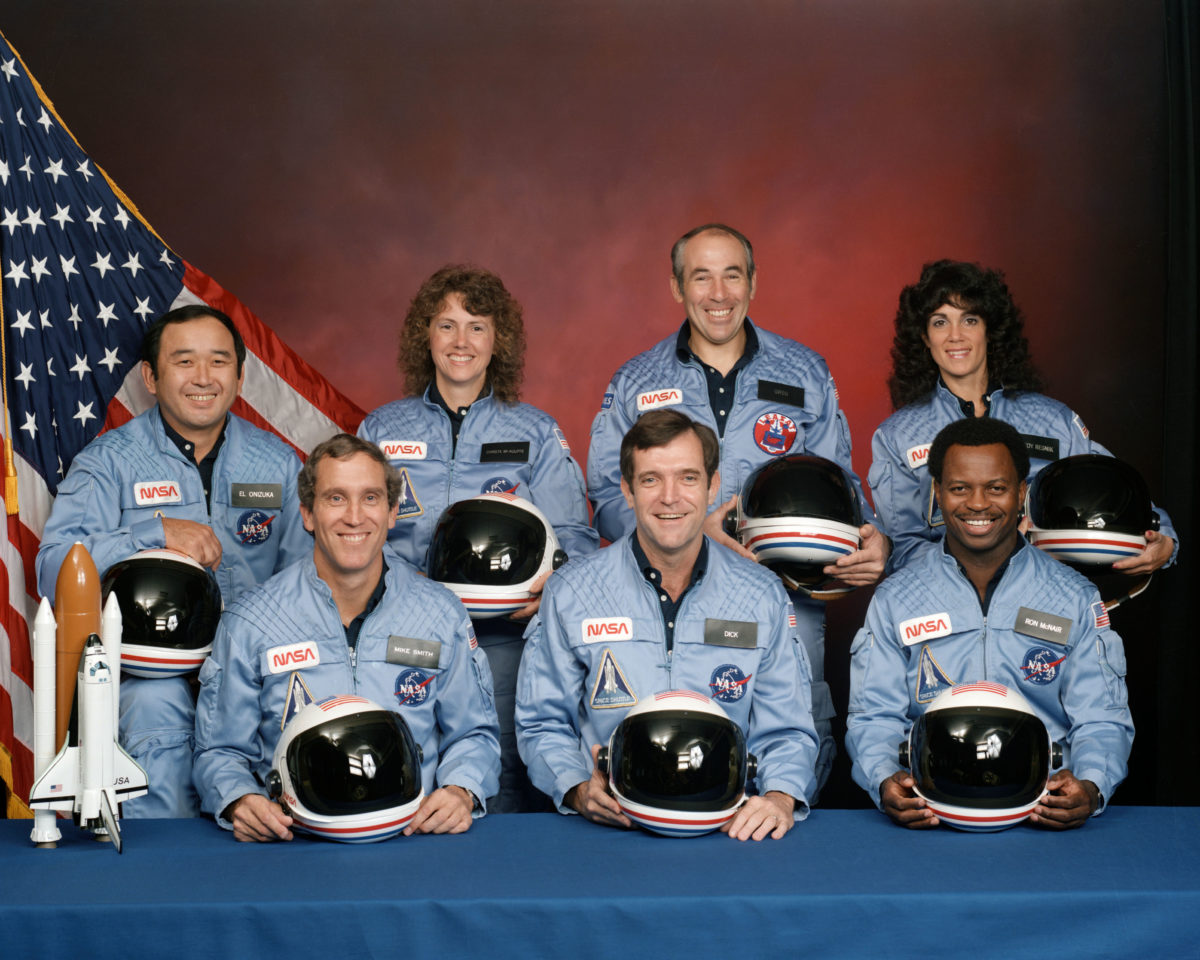
From Visitor Services Coordinator Talia Makowsky. To read more posts from Talia, click here.
With the opening of our newest exhibit, Jews in Space: Members of the Tribe in Orbit, we’ve all been fascinated with media on the subject of space. Whether it’s our curator collecting Isaac Asimov books from various local bookstores, to watching Space Balls (which is on Netflix right now!), our staff have been blasting off into outer space. From the very silly to the very technical, I’ve been watching and reading a lot of these materials, in preparation of the digital tour of the exhibit that I give to adult groups.
When I saw a new docuseries released on Netflix that covered the Challenger disaster in 1986, I thought the timing was perfect with the opening of our exhibit. I was looking forward to watching, to get a more in-depth story of the disaster, which changed so many people’s lives.
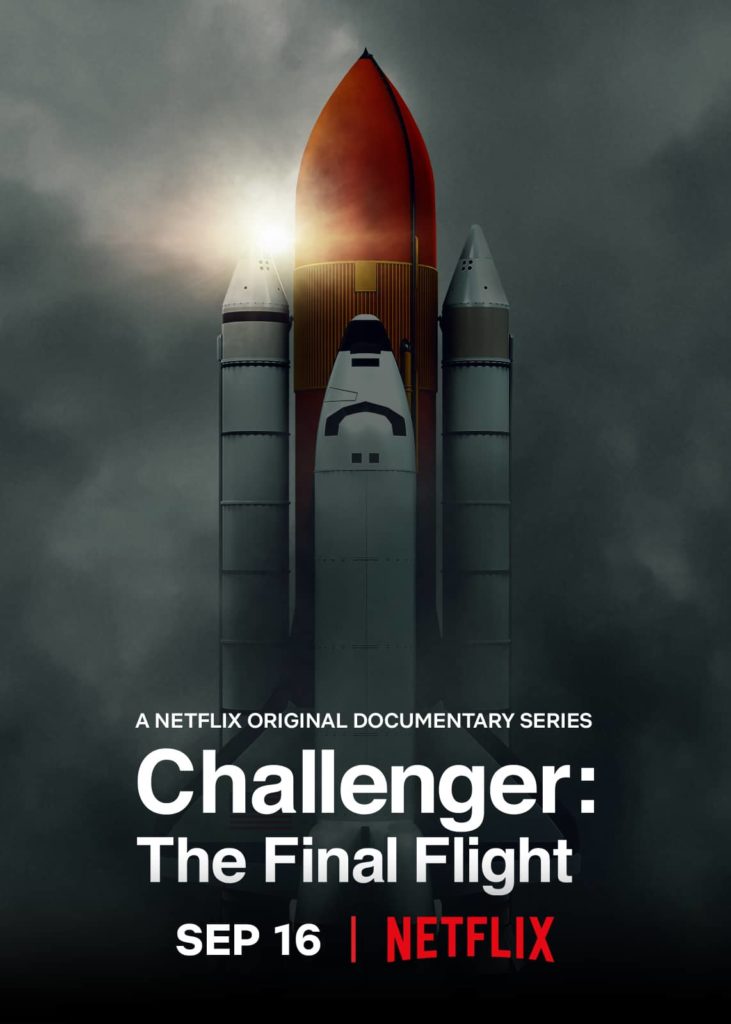
This series, called Challenger: The Final Flight, is a limited series produced by Netflix, with only four episodes, each about an hour long. The reason this particular event drew my attention is because the ill-fated crew included Judith or Judy Resnik, the first Jewish woman and Jewish American to travel to space. Of course, her first flight to space, which set those records, was on the space shuttle Discovery in 1984. However, her competence, expertise in operating the robotic arm, and ability to easily get along with other crewmates made her an easy candidate on the Challenger flight, scheduled to take off in January 1986.
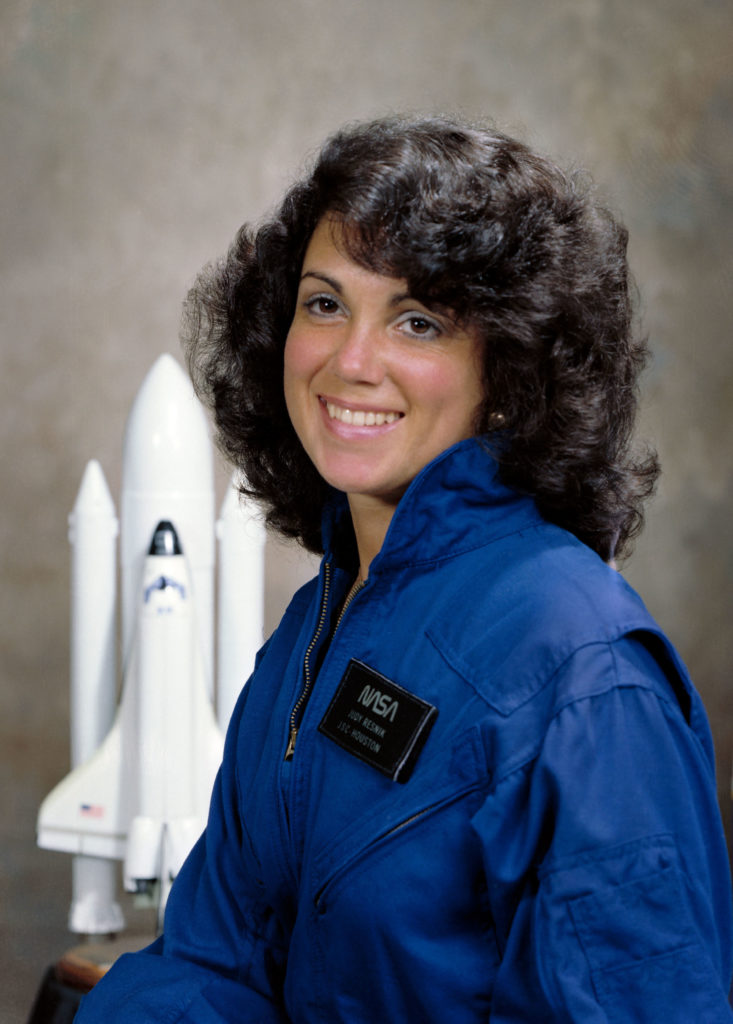
The whole crew of the Challenger was one of the most diverse crews in NASA’s space shuttle program. Not only did the crew include the first Jewish woman, it also had Ronald McNair, working as one of the Mission Specialists. He was not the first black man in space, that record was completed by Guy Bluford, but he was the second to travel to space on Challenger in 1984. Additionally, Ellison Onizuka became the first Asian American to travel to space, on the space shuttle Discovery in 1985. The astronaut crew was amazingly diverse for NASA, with these three, when most crews where white men. But as the series discusses, NASA worked to recruit more women and people of color during that time, using celebrity appearances, like Nichelle Nichols who played Uhura in the original Star Trek Series. Nichols broke her own barriers as an actress on the series, and so her leadership inspired others, including Ron McNair.
Along with Resnik, another woman joined the crew, Christa McAuliffe. Not only remarkable for being another woman traveling to space, she was the famous for being the first citizen and school teacher scheduled to fly to space. However, as the docuseries explores, the space shuttle program was not as safe as NASA wanted the public to know. While NASA wanted to make space travel safe enough that the space shuttles could serve as “space trucks”, easily transporting people and cargo to and from space, there were underlying issues that they were not addressing publicly, leading to tragedy.
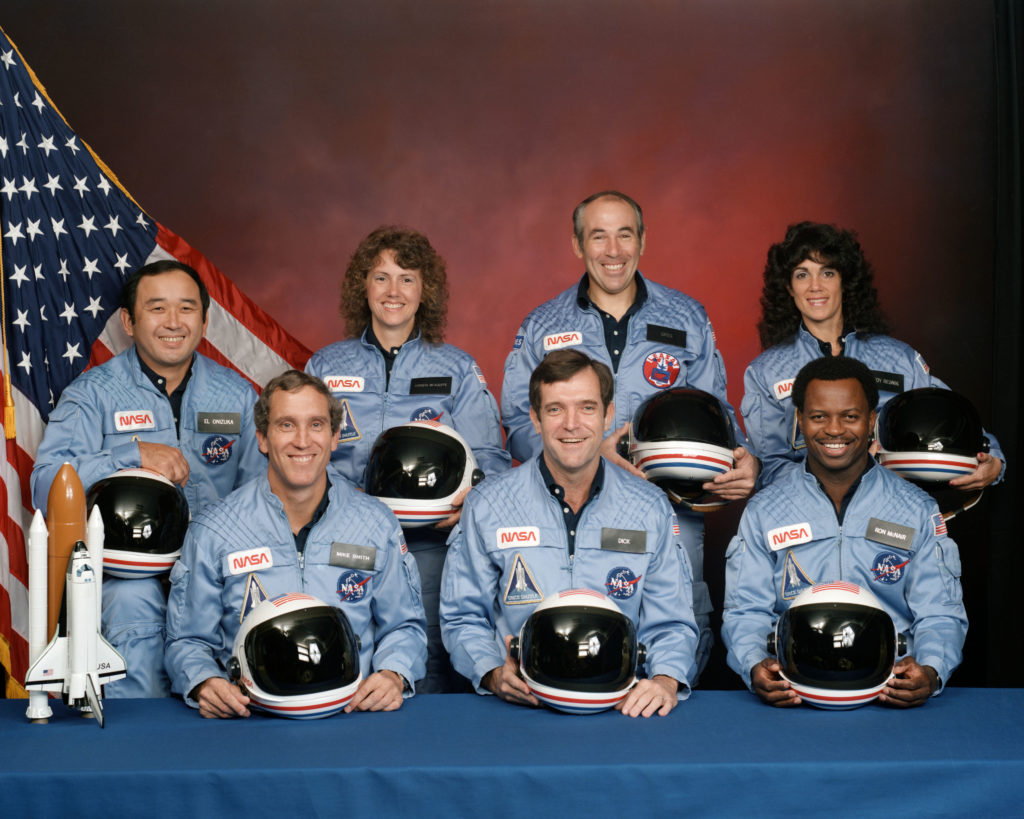
Challenger: The Final Flight is an excellently made series. With primary video and clips from the time, as well as interviews with many prominent figures including former directors at NASA directly involved with the disaster, family members of the lost crew, and engineers from the company that created the equipment that failed, the docuseries does a deep dive into the entire situation, from beginning to the aftermath.
The series is a celebration of the lives of the crew, highlighting each member and showing them through footage and interviews with loved ones. The series does an excellent job showing them as real people, not just figures representing NASA’s failure. Onizuka’s humor is highlighted and Resnik’s smarts are impressed upon. It’s a beautiful tribute to their memory, making the event all the more tragic.
A large portion of the series is spent discussing Christa McAuliffe and what she represented to the nation, as a citizen and as a teacher. She was to be an inspiration for students everywhere, and someone that any regular person could relate to, instead of the specially trained astronauts. Not only did her family lose a beloved daughter, sister, wife, mother, but the nation lost the hope that space travel was for them, that it was a safe way to travel in the future.
The series works to expose the mistakes of NASA and Morton-Thiokol (who designed and engineered the rocket boosters that failed), especially because of the pressures of showing success and monetary gain. Managers pressured their subordinates, NASA pressured Thiokol, all to show the public that they were still a relevant, active, and important part of America’s future. It’s frustrating to watch those who forced these decisions through, some with varying degrees of regret. But it’s important for us to know who these people were, so that they can continue to be held accountable, and be a lesson for the future of risky experiments.
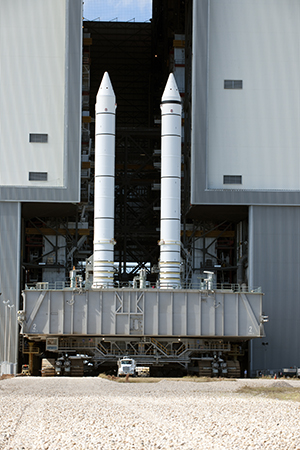
The series was a very well-produced, and well-organized show. An easy watch, with only four episodes, I highly recommend it to anyone interested in the Challenger disaster. Of course, it’s still an upsetting and tragic incident that can be hard to watch. But the series makers did a beautiful job in celebrating those lives lost, while also shining the spotlight on those who were responsible. It’s a great tie-in to our Jews in Space exhibit, in which we also try to celebrate the lives of those who have explored, wrote about, and studied space.
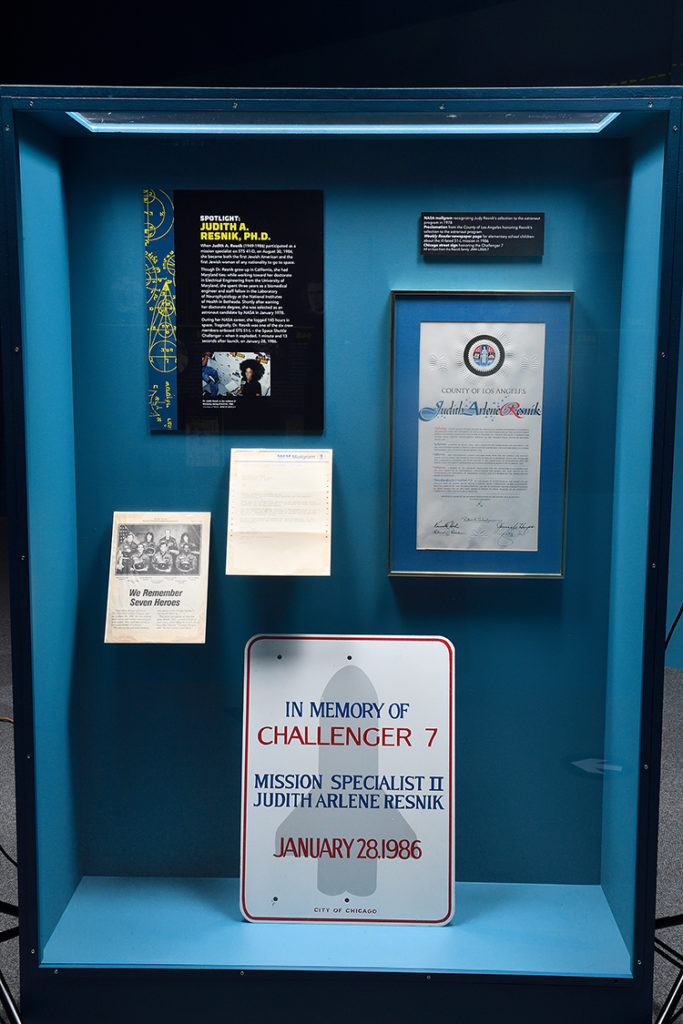
May the memories of the crew be a blessing.
